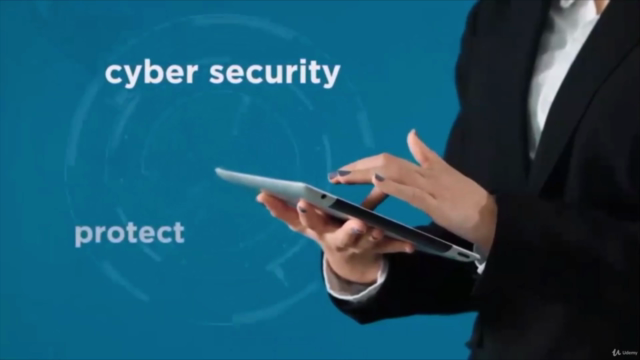Information Security Operations Center ISOC for Non-Techies

Why take this course?
Based on the comprehensive outline you've provided, it's clear that this course is designed to offer a thorough education in cybersecurity, covering a wide range of topics from the fundamentals of hacking to the intricacies of SIEM (Security Information and Event Management) deployment and usage. Here's a summary of what learners can expect from each section:
-
Section 10: Components of Hacking - This section will introduce the learners to the various stages of a hacking process, including reconnaissance, scanning, gaining access, maintaining access, and clearing tracks.
-
Section 11: Ethical Hacking Mindmap - Learners will explore ethical hacking, where it is used, and create a mind map to visualize the concepts.
-
Section 12: DoS and DDoS - This part will delve into Denial of Service (DoS) and Distributed Denial of Service (DDoS) attacks, their symptoms, techniques used, and the impact on systems and networks.
-
Section 13: SYN Flooding Attack using hping3 - Learners will understand how a SYN flooding attack is performed and can be mitigated using tools like hping3.
-
Section 14: Hacking: Counter Measures Strategies - This section will discuss various countermeasures to protect against DoS/DDoS attacks, including detection, neutralization, system monitoring, load balancing, and the use of intrusion detection systems (IDS).
-
Section 15: Metasploit Test - Learners will be introduced to Metasploit, a powerful tool for penetration testing, and its components: vulnerability, exploit, payload, and Meterpreter.
-
Section 16: Maltego Tool Demo - A practical demonstration of the Maltego Community Edition, showcasing how it can be used to analyze and visualize data for security purposes.
-
Section 17: Cyber Kill Chain Methodology - This section will educate learners on the cyber kill chain model, which outlines the stages an attacker goes through to compromise a system.
-
Section 18: Threat Intelligence - Learners will understand what threat intelligence is and how it can be used to predict, detect, or prevent threats.
-
Section 19: Malware Analysis with REMnux - This part will teach learners how to analyze malware using REMnux, a Linux distribution tailored for malware analysis.
-
Section 20: Web Application Security - Focusing on the security of web applications, this section will cover common vulnerabilities and best practices for securing them.
-
Section 21: Cryptography Fundamentals - An introduction to the principles of cryptography and its importance in securing data.
-
Section 22: Cloud Security - Learners will explore the unique security challenges presented by cloud computing and how to address them.
-
Section 23: IoT Security - This section will discuss the security of Internet of Things (IoT) devices, which are increasingly becoming targets for attackers.
-
Section 24: Mobile App Security - Focusing on the security considerations specific to mobile applications and their ecosystems.
-
Section 25: Incident Response and Forensics - A guide to handling cybersecurity incidents and conducting forensic analysis to understand what occurred.
-
Section 26: SIEM Essentials Quiz - A quiz to assess the learners' understanding of the SIEM concepts covered in the course.
The testimonials included at the end highlight the positive reception of the course, emphasizing its utility for beginners and its comprehensive nature. It seems that this course aims to cover both theoretical knowledge and practical skills necessary for a career in cybersecurity, with a strong emphasis on the use of SIEM as a critical tool for modern IT security environments.
Course Gallery




Loading charts...